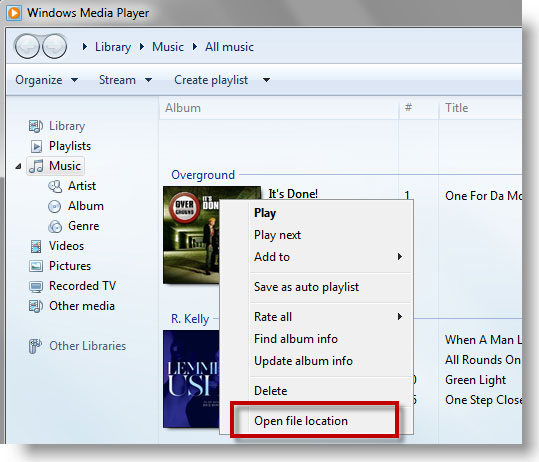
I tried the XML music library Find and Replace to correctly pinpoint the path and also remember to only correctly replace all C:\Users\Kairyu\Music to D:\Kairyu\Music\ but still my library and playlist won’t sync properly unless I reset everything back to the original places. Once I moved to D Drive, all my song unable to locate except I manually locating them. I followed īut the issue is I have placed all my music that actually copied from my friend’s large playlist and he saved it to: C:\Users\Kairyu\Music even after I moved my Library to D drive, I wanted to moved the Kairyu music to D Drive and that is a very large file. I would like to transfer my iTunes Library from C Drive to D Drive because C is running low space. Hi there, I have searched and found your article provides a lot of different scenario iTunes Library problem. Also, the Date Added for all your iTunes content will be the date on which you rebuild the library. (Choose View > Show View Options to tweak these settings.) But the new library should contain all your media, and all your playlists. You’ll have to go back and reset them the way you want for each playlist. One thing you’ll notice is that all the view settings you applied have changed. If for any reason it doesn’t, you can always quit iTunes, delete the newly-created iTunes l file, and replace it with the one you backed up. The last time I did it with a library of about 70,000 tracks, it took well over an hour, so be patient. If you have a lot of content in your iTunes library, this will take a while. ITunes will now examine the XML file, finding all your tracks and playlists, and add them to your library. Navigate to the iTunes Library.xml file you moved earlier, and click Choose (Mac) or Open (Windows).

Launch iTunes, and choose File > Library > Import Playlist. You’ll be using this file to rebuild the library.ĭelete the iTunes Library or iTunes l file by moving it to the Trash or Recycle Bin. Move the iTunes Library.xml or iTunes Music Library.xml file to your Desktop or to another folder. Make copies of all these files again, just in case.The two files you’ll be using are iTunes l (or, perhaps, just iTunes Library) and iTunes Library.xml.)
#Export for itunes windows windows#

The process below is still applicable to iTunes on Windows. Update: Since the release of macOS Catalina, iTunes is no longer available on the Mac.


 0 kommentar(er)
0 kommentar(er)
